A Complete Step-by-Step Guide on Euler’s Method
Euler’s method is a numerical technique for approximating solutions to ordinary differential equations. It starts with an initial value and estimates the next point on the solution curve using the derivative at the current point. The method iteratively advances through small time steps, repeatedly applying this process. While simple to implement, Euler’s method may introduce errors, especially with large step sizes, resulting in less accurate approximations. More refined numerical methods, such as the Runge-Kutta methods, offer improved accuracy by considering multiple points and slopes within each step.
[include_netrun_products_block from-products="product/6-south-carolina-sc-ready-grade-3-math-practice-tests/" product-list-class="bundle-products float-left" product-item-class="float-left" product-item-image-container-class="p-0 float-left" product-item-image-container-size="col-2" product-item-image-container-custom-style="" product-item-container-size="" product-item-add-to-cart-class="btn-accent btn-purchase-ajax" product-item-button-custom-url="{url}/?ajax-add-to-cart={id}" product-item-button-custom-url-if-not-salable="{productUrl} product-item-container-class="" product-item-element-order="image,title,purchase,price" product-item-title-size="" product-item-title-wrapper-size="col-10" product-item-title-tag="h3" product-item-title-class="mt-0" product-item-title-wrapper-class="float-left pr-0" product-item-price-size="" product-item-purchase-size="" product-item-purchase-wrapper-size="" product-item-price-wrapper-class="pr-0 float-left" product-item-price-wrapper-size="col-10" product-item-read-more-text="" product-item-add-to-cart-text="" product-item-add-to-cart-custom-attribute="title='Purchase this book with single click'" product-item-thumbnail-size="290-380" show-details="false" show-excerpt="false" paginate="false" lazy-load="true"] [include_netrun_products_block from-products="product/6-virginia-sol-grade-3-math-practice-tests/" product-list-class="bundle-products float-left" product-item-class="float-left" product-item-image-container-class="p-0 float-left" product-item-image-container-size="col-2" product-item-image-container-custom-style="" product-item-container-size="" product-item-add-to-cart-class="btn-accent btn-purchase-ajax" product-item-button-custom-url="{url}/?ajax-add-to-cart={id}" product-item-button-custom-url-if-not-salable="{productUrl} product-item-container-class="" product-item-element-order="image,title,purchase,price" product-item-title-size="" product-item-title-wrapper-size="col-10" product-item-title-tag="h3" product-item-title-class="mt-0" product-item-title-wrapper-class="float-left pr-0" product-item-price-size="" product-item-purchase-size="" product-item-purchase-wrapper-size="" product-item-price-wrapper-class="pr-0 float-left" product-item-price-wrapper-size="col-10" product-item-read-more-text="" product-item-add-to-cart-text="" product-item-add-to-cart-custom-attribute="title='Purchase this book with single click'" product-item-thumbnail-size="290-380" show-details="false" show-excerpt="false" paginate="false" lazy-load="true"]

Euler’s method Steps:
These are the steps to find an approximate numerical solution to a first-order ordinary differential equation using Euler’s method without using mathematical symbols:
- Start with an Equation: Begin with a differential equation that describes how a variable changes concerning another variable.
- Choose a Range: Determine the range of values for the independent variable where you want to find the solution.
- Select a Step Size: Decide how small of a step you want to take within the chosen range. Smaller steps typically lead to more accurate results but require more calculations.
- Set Initial Values: Specify an initial value for the dependent variable at the starting point within the range.
- Perform Iterations:
- Calculate the rate of change (slope) of the dependent variable at the current point.
- Update the values of the independent and dependent variables based on the calculated slope and step size.
- Repeat this process until you’ve covered the entire range by incrementing the independent variable at each step.
Original price was: $109.99.$54.99Current price is: $54.99. - Record Values: Keep track of the values of both the independent and dependent variables at each step of the iteration.
- Complete Iterations: Continue the iterations until you’ve covered the entire range specified in step 2.
- Analyze the Solution: Examine the recorded values to understand how the dependent variable changes concerning the independent variable over the chosen range.
- Interpret the Results: Interpret the numerical solution in the context of the problem you’re trying to solve. Consider whether the results make sense and if adjustments are needed, such as changing the step size for greater accuracy.
Euler’s Method is used to find approximate solutions of first-order differential equations of the form \(\frac{dy}{dx} = f(x, y).\)
Step 1: Initial Condition
Start with an initial condition given as \((x_0, y_0).\)
Step 2: Step Size
Choose a step size \(h\), which determines how far to ‘step’ along the \(x-axis\) for each iteration.
Step 3: Iterative Formula
Apply Euler’s iterative formula:
\(y_{n+1} = y_n + h \cdot f(x_n, y_n)\),
where \(y_{n+1}\) is the next approximation, \(y_n\) is the current approximation, and \(f(x_n, y_n)\) is the value of the derivative at \((x_n, y_n).\)
Step 4: Repeat
Repeat the iterative formula for each step until the desired value of \(x\) is reached.
Step 5: Final Solution
The approximate value of \(y\) at the desired point is the last computed \(y_n.\)
Let’s take a look at an example:
Problem:
Use Euler’s Method to approximate the solution of the differential equation
\( \frac{dy}{dx} = y – x \), with initial condition \( (x_0, y_0) = (0, 1) \) and step size \( h = 0.1 \).
The initial condition is given as \( (x_0, y_0) = (0, 1) \).
Choose a step size of \( h = 0.1 \).
Apply Euler’s formula: \( y_{n+1} = y_n + h \cdot f(x_n, y_n) \).
Here, \( f(x, y) = y – x \).
For the first iteration \((n = 0)\):
\( y_{1} = y_{0} + 0.1 \cdot (y_{0} – x_{0}) = 1 + 0.1 \cdot (1 – 0) = 1.1 \).
For the second iteration \((n = 1)\):
\( y_{2} = y_{1} + 0.1 \cdot (y_{1} – x_{1}) = 1.1 + 0.1 \cdot (1.1 – 0.1) = 1.2 \).
Continue this process for additional iterations.
After a desired number of iterations, the approximate value of \( y \) \text{ is obtained. For instance, after \(10\) iterations \((x = 1)\), the approximate value of \( y \) is calculated.
Related to This Article
More math articles
- How to Perform Operations of Decimals: Word Problems
- ACT Math: Everything You Need to Know
- How to Use a Protractor to Draw Angles
- Full-Length ISEE Upper-Level Math Practice Test-Answers and Explanations
- 3rd Grade NSCAS Math Worksheets: FREE & Printable
- 8th Grade OAA Math Worksheets: FREE & Printable
- 4th Grade Comtail pointing downwardmon Core Math FREE Sample Practice Questions
- How to Calculate the Areas of Triangles and Quadrilaterals
- How Is the CLEP College Mathematics Test Scored?
- Classifying a Conic Section (in Standard Form)


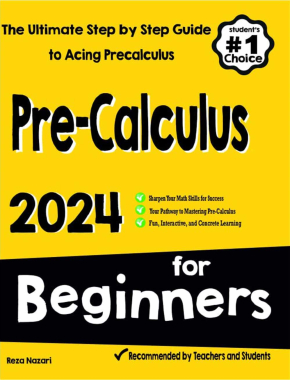
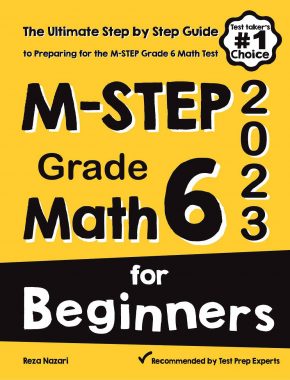
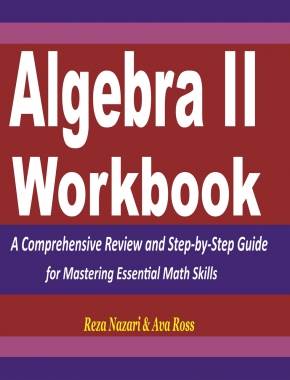


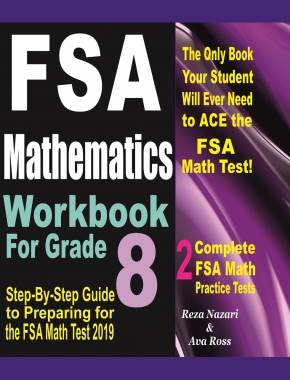
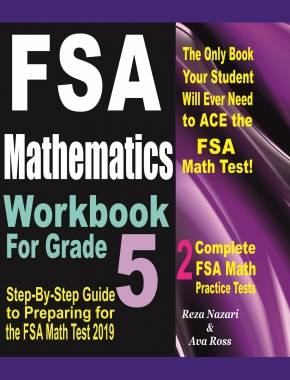
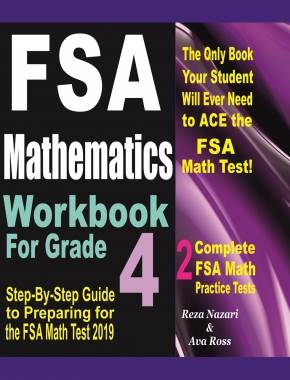
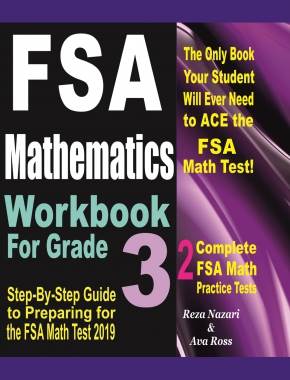

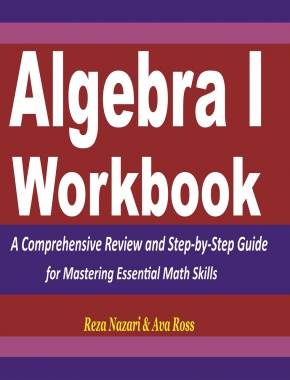
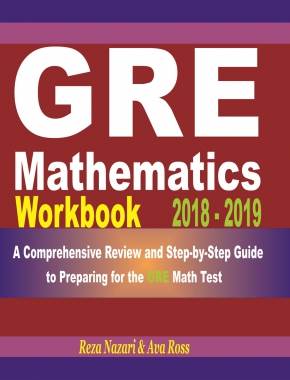
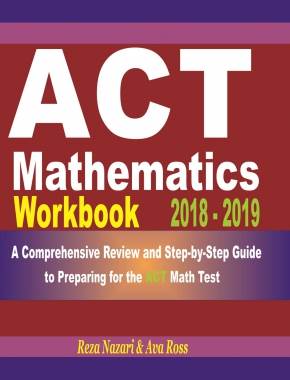
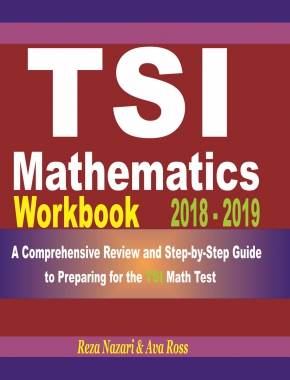







What people say about "A Complete Step-by-Step Guide on Euler’s Method - Effortless Math: We Help Students Learn to LOVE Mathematics"?
No one replied yet.